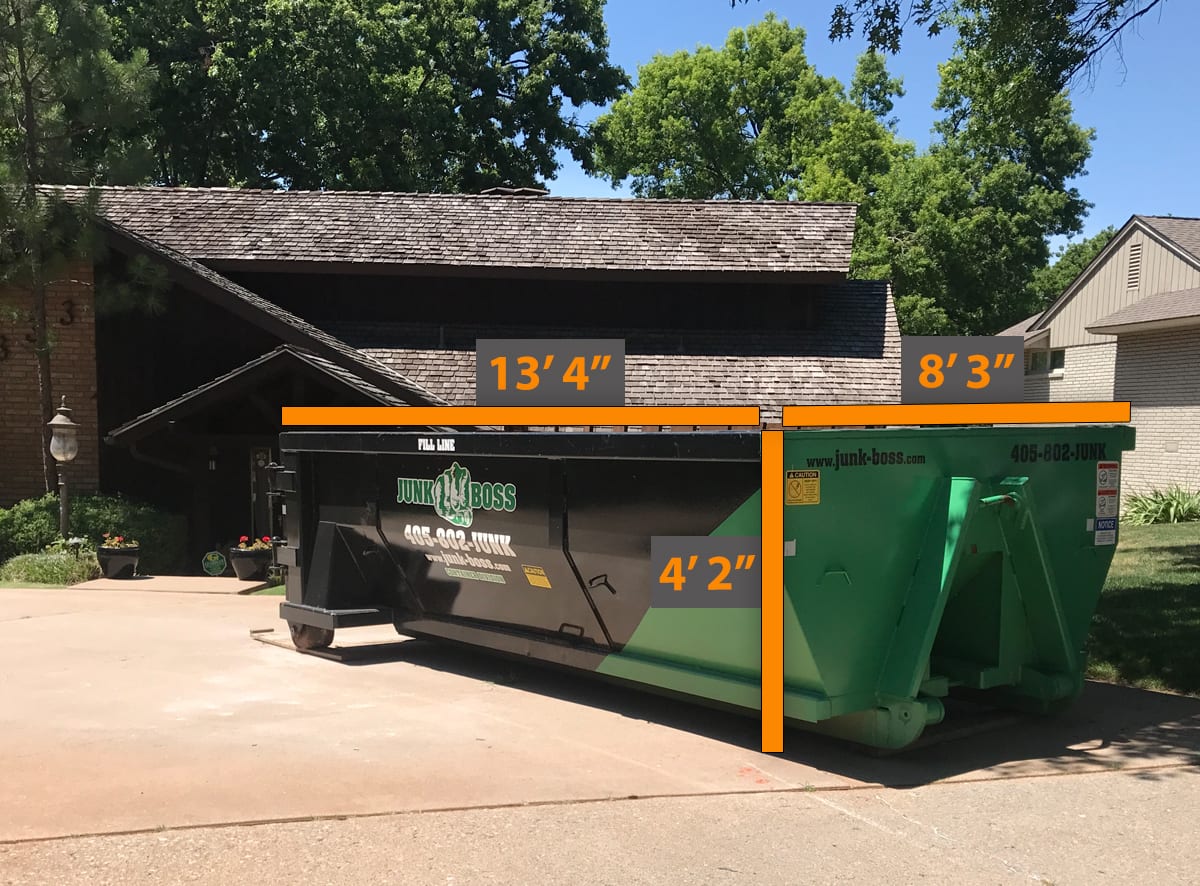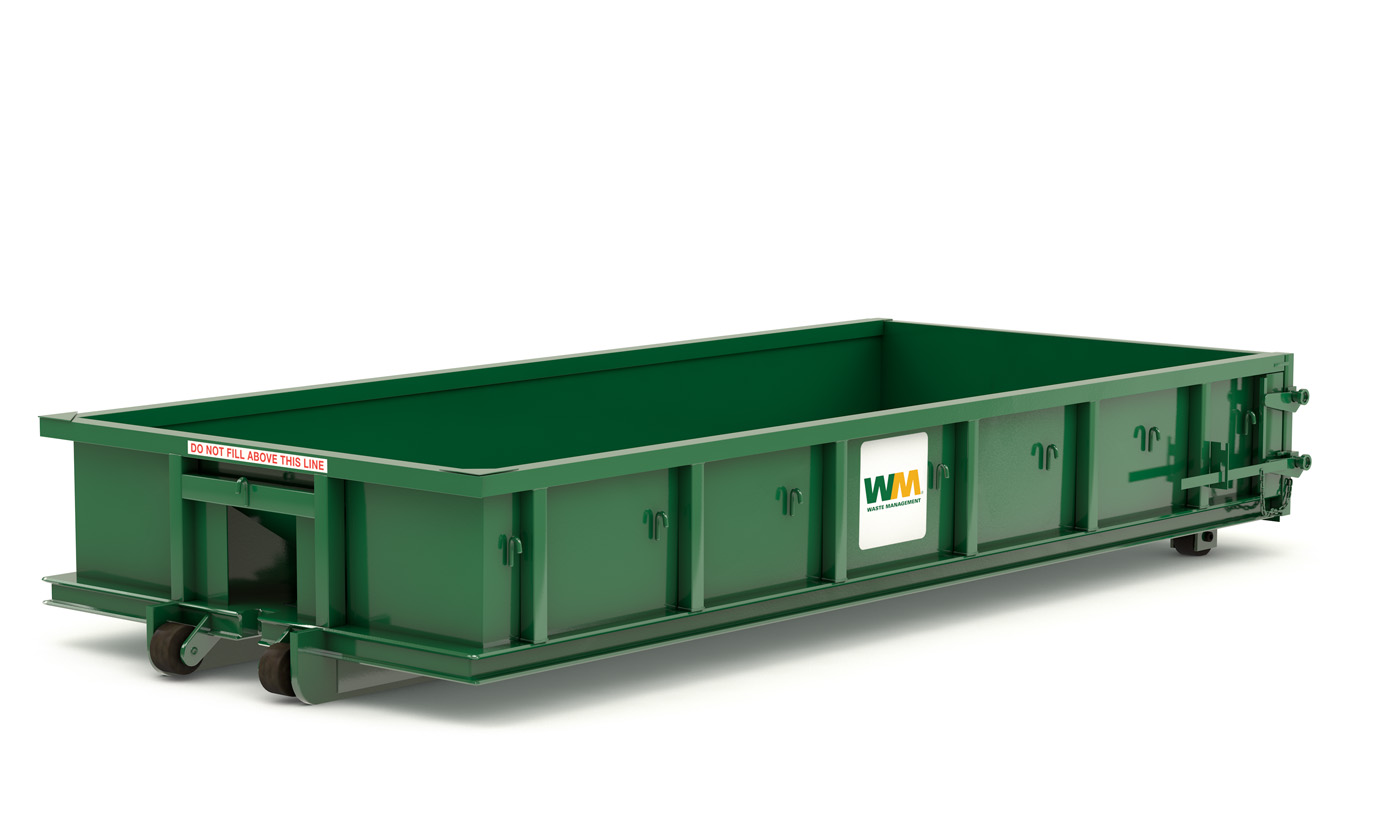To achieve dumpster rental success, adhere to these 10 straightforward steps: identify job waste needs, choose the ideal dumpster size, established a clear rental period, check local regulations, prepare the website for delivery, handle heavy particles effectively, maintain the dumpster tidy, timetable pick-up on schedule, evaluation rental terms meticulously, and guarantee compliance with neighborhood laws. By complying with these steps, you'll avoid pricey mistakes, guarantee a seamless job timeline, and preserve a clean and safe worksite. By comprehending these important actions, you'll be well on your method to a successful dumpster rental experience that establishes your project up for success.
Determine Project Waste Needs
Accurately reviewing waste generation is important to an effective dumpster rental experience Recognizing the quantity and sort of waste your job will certainly create helps you prepare for reliable waste management
Start by recognizing the project scope, including the materials involved, and estimate the amount of waste that will certainly be created. Take into consideration factors such as demolition, construction, or improvement activities, along with the type of products being utilized or removed.
Next, examine the project timeline to establish the duration of waste generation. This will certainly aid you prepare for the required dumpster rental period and avoid unneeded expansions or early pickup fees.
Additionally, take into consideration any kind of local regulations or limitations on garbage disposal to guarantee compliance. By properly evaluating your task's waste needs, you can make certain a seamless dumpster rental experience, reduce prices, and preserve a clean and organized worksite
Choose Right Dumpster Size
Selecting the appropriate dumpster dimension is critical to a successful waste monitoring technique. A dumpster that is too little can bring about overflow, causing added costs and inconvenience. On the various other hand, a dumpster that is also large can be a waste of resources and space.
To pick the right dumpster dimension, consider the list below elements:
Volume of waste: Quote the quantity of waste you anticipate to produce throughout your job. This will certainly assist you identify the dumpster dimension needed to accommodate your waste needs.
Type of waste: Different sorts of waste, such as building and construction debris or family garbage, have various quantity and weight requirements. Make sure you choose a dumpster dimension that can take care of the details sort of waste you will certainly be getting rid of of.

Space constraints: Take into consideration the room offered for the dumpster on your project website. Make sure the dumpster size you select fits conveniently in the designated area, enabling very easy accessibility and maneuverability.
Set Clear Rental Period
A well-defined rental period is the keystone of a hassle-free dumpster rental experience, guaranteeing that your project timeline and waste monitoring needs are harmoniously aligned.
By developing a clear rental period, you can prevent unnecessary delays, extra fees, and hassle. When establishing your rental period, think about the range of your project, the amount of waste you expect to produce, and the logistics of your cleaning schedule.
Be sensible regarding how long you'll require the dumpster, and factor in some extra time for unexpected setbacks A regular rental period varieties from a few days to numerous weeks, depending upon the kind of task and the dumpster size.
Be certain to discuss your rental period with your dumpster rental company to validate you're both on https://canvas.instructure.com/eportfolios/3257024/piedmonttriaddumpsters/7_Basic_Actions_for_Dumpster_Rental the exact same web page. By doing so, you'll avoid misconceptions and ensure a seamless waste administration experience that satisfies your needs and stays within your budget.
Check Local Regulations First
Your project's waste management approach rests on compliance with regional guidelines, which can differ considerably depending on your place and the sort of task you're undertaking.
Failure to conform can result in penalties, fines, and even task hold-ups. To stay clear of these concerns, it's vital to study and comprehend the local guidelines controling dumpster rental and garbage disposal in your area.
Here are 3 key areas to focus on:
Permit requirements: Identify if you need any unique licenses to position a dumpster on your home or on the road. Some municipalities need authorizations for dumpster placement, while others may have specific guidelines for sure kinds of projects.
Waste disposal restrictions: Learn what sorts of waste are banned from being thrown away in a dumpster, such as harmful products or electronics. Confirm you understand what can and can not be positioned in the dumpster.
Dumpster positioning and size restrictions: Inspect if there are any kind of constraints on the dimension or positioning of dumpsters in your location, consisting of any kind of obstacles from building lines or streets.
Prepare Website For Delivery
Site preparation is crucial for a seamless dumpster rental experience, guaranteeing an easy distribution and effective waste management process.
A well-prepared website enables the dumpster to be put appropriately, lowering the threat of damages to building or surrounding structures
Begin by removing the assigned area of any type of obstacles, such as cars, furniture, or debris. Identify the surface is degree and company, as irregular or soft ground can trigger the dumpster to change or come to be unstable.
If the dumpster will be put on a driveway or road, obtain any necessary permits or approvals.
Additionally, designate a clear path for the delivery truck to access the website, considering any kind of overhead obstructions like power lines or tree branches.
Load Dumpster Securely Always
Proper loading techniques are important to keeping an effective dumpster rental experience, as they directly impact the efficiency and safety and security of the waste monitoring process. A well-loaded dumpster guarantees that waste is delivered successfully, reducing the risk of crashes and ecological hazards.
Additionally, it also assists avoid damage to the dumpster and surrounding property.
To load a dumpster safely, follow these guidelines:
Distribute weight evenly: Ensure that the weight of the waste is evenly dispersed throughout the dumpster to avoid it from becoming top-heavy or unstable. Load heavier things at the bottom: Location larger things, such as furnishings or appliances, at the end of the dumpster to develop a stable base. Keep the dumpster covered: Cover the dumpster with a tarp or other material to stop debris from spilling out throughout transportation.Manage Hefty Debris Properly
Heavy debris, such as building and construction materials and large items, can posture considerable difficulties during the dumpster rental process These things can be challenging to handle due to their dimension, weight, and quantity, making it essential to plan in advance and take essential precautions.
To assurance a smooth and successful dumpster rental experience, it is necessary to take care of heavy debris correctly. Beginning by separating heavy particles from lighter materials to stop damage to the dumpster and surrounding home. This segregation will certainly likewise help you to optimize the dumpster's capability, lowering the demand for multiple rentals.
When packing hefty debris, distribute the weight evenly and stay clear of straining the dumpster to prevent crashes and spills. Additionally, take into consideration the dumpster's weight capacity and select a rental solution that offers dumpsters suitable for managing heavy debris.
Keep It Clean Inside Out
Effective management of heavy debris establishes the stage for a successful dumpster rental experience. A tidy and well organized dumpster not only assures a smooth rental process yet additionally assists keep a secure and healthy environment for everybody involved.
Keeping the dumpster tidy from top to bottom is necessary to avoid any type of possible problems during the rental period.
To accomplish this, adhere to these basic actions:
Regularly tidy the dumpster interior to avoid the accumulation of particles and odors. Verify proper segregation of waste to stay clear of contamination and help with efficient disposal. Keep the bordering location clean and clear to avoid particles from spreading out and to permit very easy access to the dumpster.Schedule Pickup On Time
Scheduling dumpster pickup promptly is important to a smooth rental experience, as it ensures that the dumpster is eliminated quickly, and the site is recovered to its initial state.
This verifies that your residential property continues to be tidy and organized, and you can focus on other crucial tasks. When scheduling pickup, be sure to offer the rental company with a specific day and time that benefits you.
This will certainly help avoid any delays or miscommunications that can bring about extensive leasing durations or extra costs. Additionally, make sure to have the dumpster all set for pick-up by ensuring it is easily available and not obstructed by any kind of obstacles.
By doing so, you can rest positive that the dumpster will certainly be removed successfully, and you can delight in an easy rental experience.
Review Rental Terms Carefully
Every dumpster rental contract comes with a collection of terms and conditions that outline the responsibilities of both the renter and the rental company.
It is important to meticulously assess these terms to assure a smooth and trouble-free rental experience.
Before signing the arrangement, make the effort to check out the terms. This will certainly aid you comprehend what is expected of you and the rental company.

Here are 3 vital points to try to find:
Rental Period: Know the specific duration of the rental period and the repercussions of keeping the dumpster much longer than agreed upon.
Weight and Size Restrictions: Recognize the weight and dimension limitations of the dumpster to stay clear of additional fees or penalties.
Disposal Guidelines: Acquaint yourself with the standards for getting rid of various types of waste to ensure conformity with regional regulations and prevent fines.